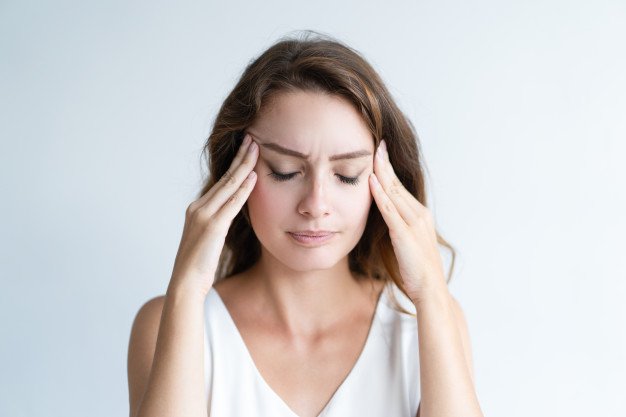What is dual diagnosis?
Dual diagnosis is the term used when an individual has a mental condition such as a mood, psychotic or personality disorder and a substance abuse problem at the same time. This diagnosis can be pre-existing prior to the substance abuse disorder manifesting itself, or it can be considered to be induced by the substance use. There is significant controversy among psychiatrists and substance abuse professionals as to which came first. Addictive drugs including alcohol can exacerbate dormant psychological symptoms in an individual, causing the mental illness to become a factor when providing treatment for substance abuse. A person seeking treatment for addiction or rehab for dual diagnosis should be monitored by his or her psychiatrist quite closely in the first year of sobriety, for symptoms of a co-occurring mental disorder showing itself.
Drug abuse (including alcohol) can mimic symptoms of a co-occurring disorder thus making it more difficult to differentiate between the two. Substance induced psychiatric symptoms can exist long after a period of prolonged abstinence from illicit drug use. This includes alcohol, prescription drugs and street drugs as well.

Experts in addiction medicine have found that approximately 17.5% of adults in the United Sates, will have a dual diagnosis at some point in their lifetime. Those persons with a psychotic disorder fare far worse than those with a mood or personality disorder. Also, in the United States it was found that 47% of schizophrenics were more likely to suffer from substance misuse disorder at some point in their lifetime, than persons with other types of psychiatric conditions.
Rehab can treat multiple issues simultaneously.
Overlap of substance use disorders and psychiatric disorders can make it difficult to properly treat either condition. It is suggested by the Diagnostic and Statistical Manual of Mental Disorders V (DSM V) that a diagnosis in an addict not be made in the absence of sobriety. This is to make certain that withdrawal symptoms have dissipated and are not mistaken for signs of a psychiatric disorder. Patients often respond better to rehabilitation for dual diagnosis as well.
It can be difficult for some persons to access treatment as identifying as a person with a mental disorder can exclude one from stand-alone substance use disorder treatment, and vice versa. Integrated treatment addressing both disorders appears to be the most effective form of treatment available today. In this form of treatment both mental and substance use are considered primary.
Integrated treatment can improve engagement in treatment, medication compliance and overall effectiveness of treatment.
This allows for a more positive outcome and alleviation of symptoms for the individual. Cognitive behavioral therapy (CBT) used in conjunction with psychotropic medication can be very effective in treating persons with a dual diagnosis. This type of therapy is commonly known as “talk therapy.” In the therapeutic setting thoughts can be analyzed as antecedents which come before a particular behavior. The consequences, good or bad follow the behavior which was made manifest by the thought process. An example of this would be a thought of going to the beach (antecedent). Suddenly the potential beachgoer remembers that they are out of sunscreen. He or she decides to forego the sunscreen and goes off to the beach for the day (behavior). Upon returning home he or she realizes that they have sustained a severe sunburn (consequence). They then see how their faulty thinking got them into this situation (consequence). It appears that they have learned their lesson and do not plan on returning to the beach in the future without sunscreen.
Psychotropic medications such as benzodiazepines are used quite often in treating persons with a dual diagnosis.
Klonopin, Ativan, Librium, Xanax and Valium are some of the most commonly used drugs of this type. They work through the central nervous system causing certain receptors in the brain to become less sensitive, which results in a calming effect for the individual. Benzodiazepines can be highly addictive and must be carefully monitored by the psychiatrist when working with a person with addiction issues. Some of the other side effects include drowsiness, dizziness and weight gain. Overall, these medications are very effective in treating an individual with a dual diagnosis in combination with rehab for dual diagnosis.
It can be difficult to treat persons with a dual diagnosis in terms of medication compliance. Psychotropic medications must be taken exactly as prescribed by the psychiatrist. Missed doses or taking the medication randomly can cause the drugs to lose their efficacy. At times a client will be taking the medication as prescribed and tolerating it well. After a few weeks they decide that they do not need the medication as they feel fine and are having no psychiatric symptoms. They then stop taking the medication without the doctor’s approval. What they fail to realize is that it was the medication that was causing them to feel fine.
Symptoms will return and hopefully the client can once again be prescribed the medication, and experience the benefits of taking the medication.

As you can see, treating a dually diagnosed person can be challenging. However, with understanding, good doctors and psychiatrists a positive treatment experience which includes sobriety can be found.



